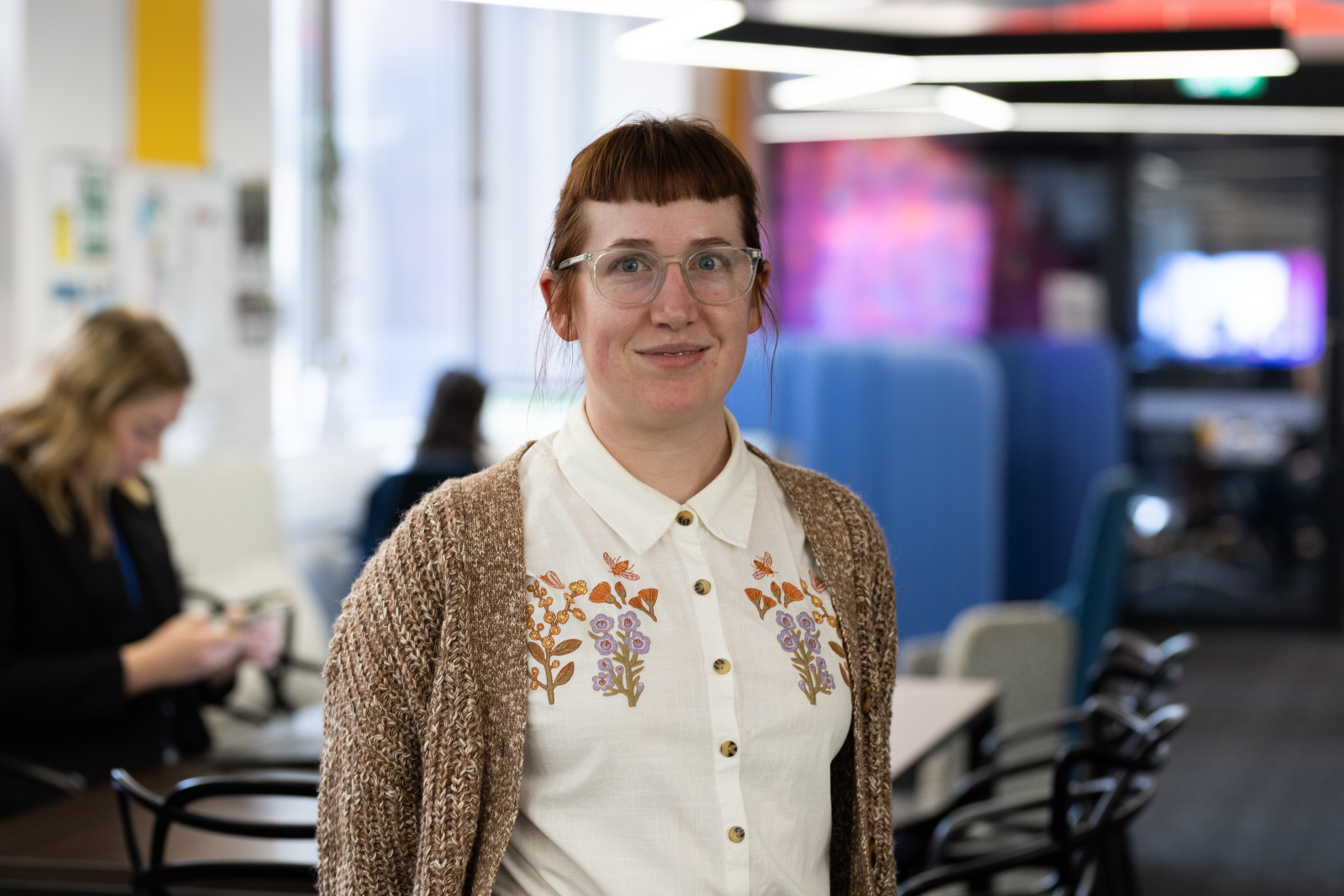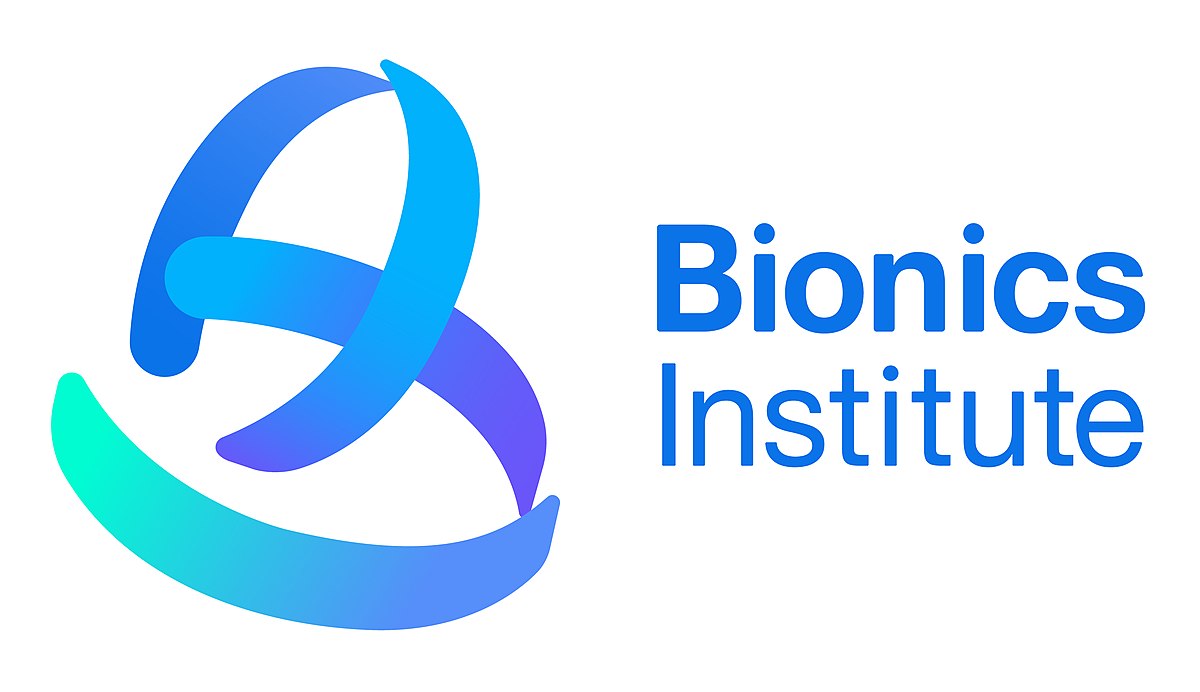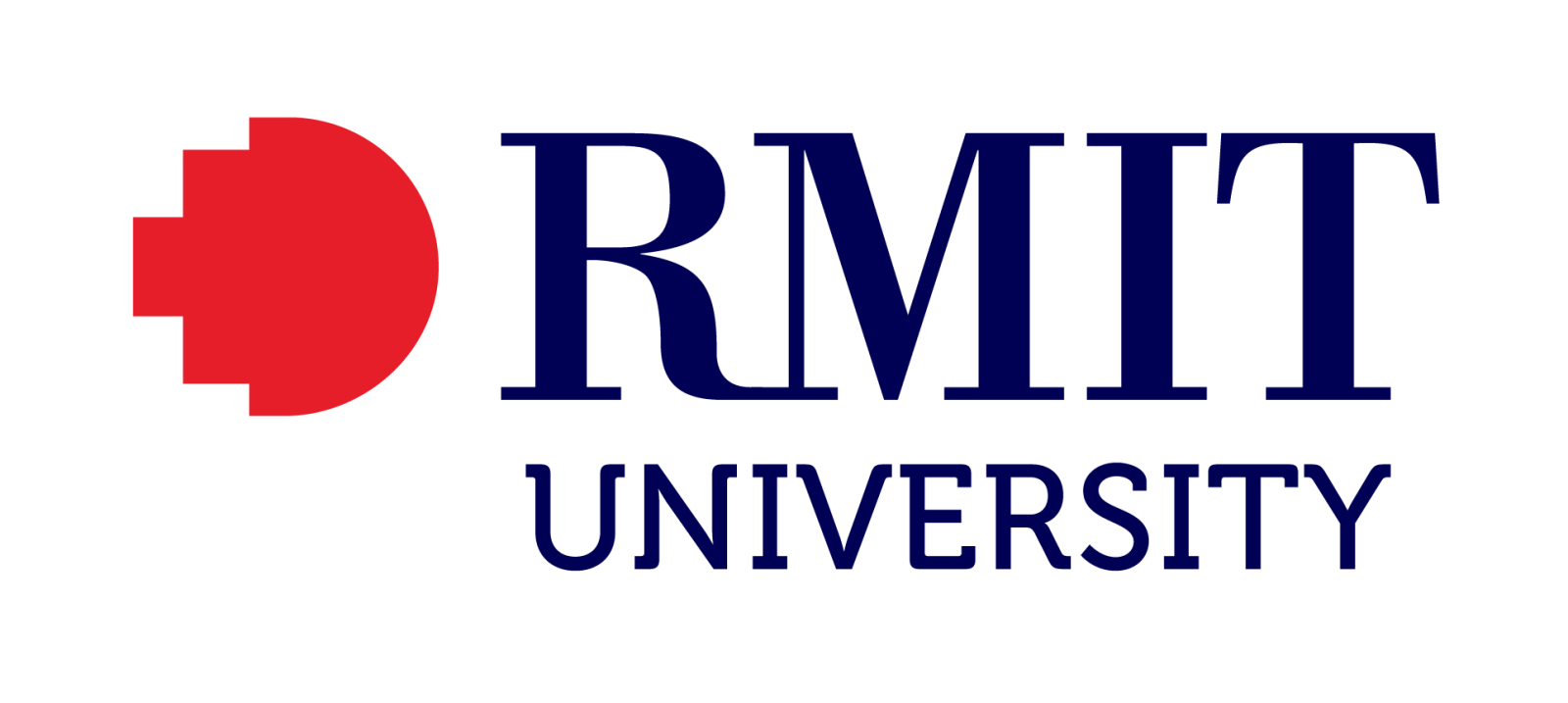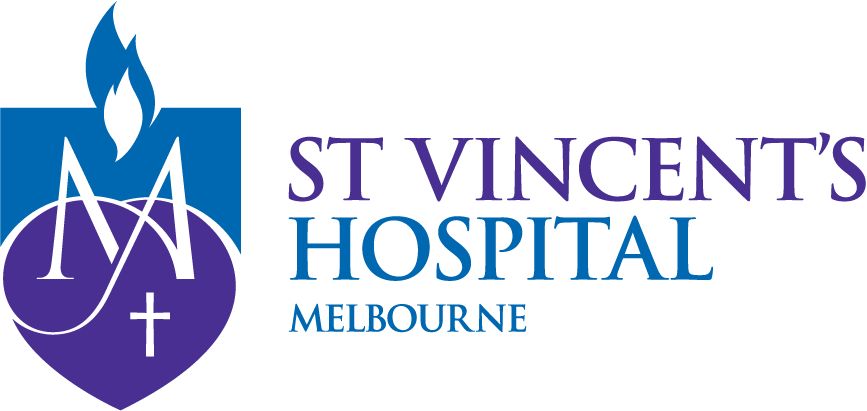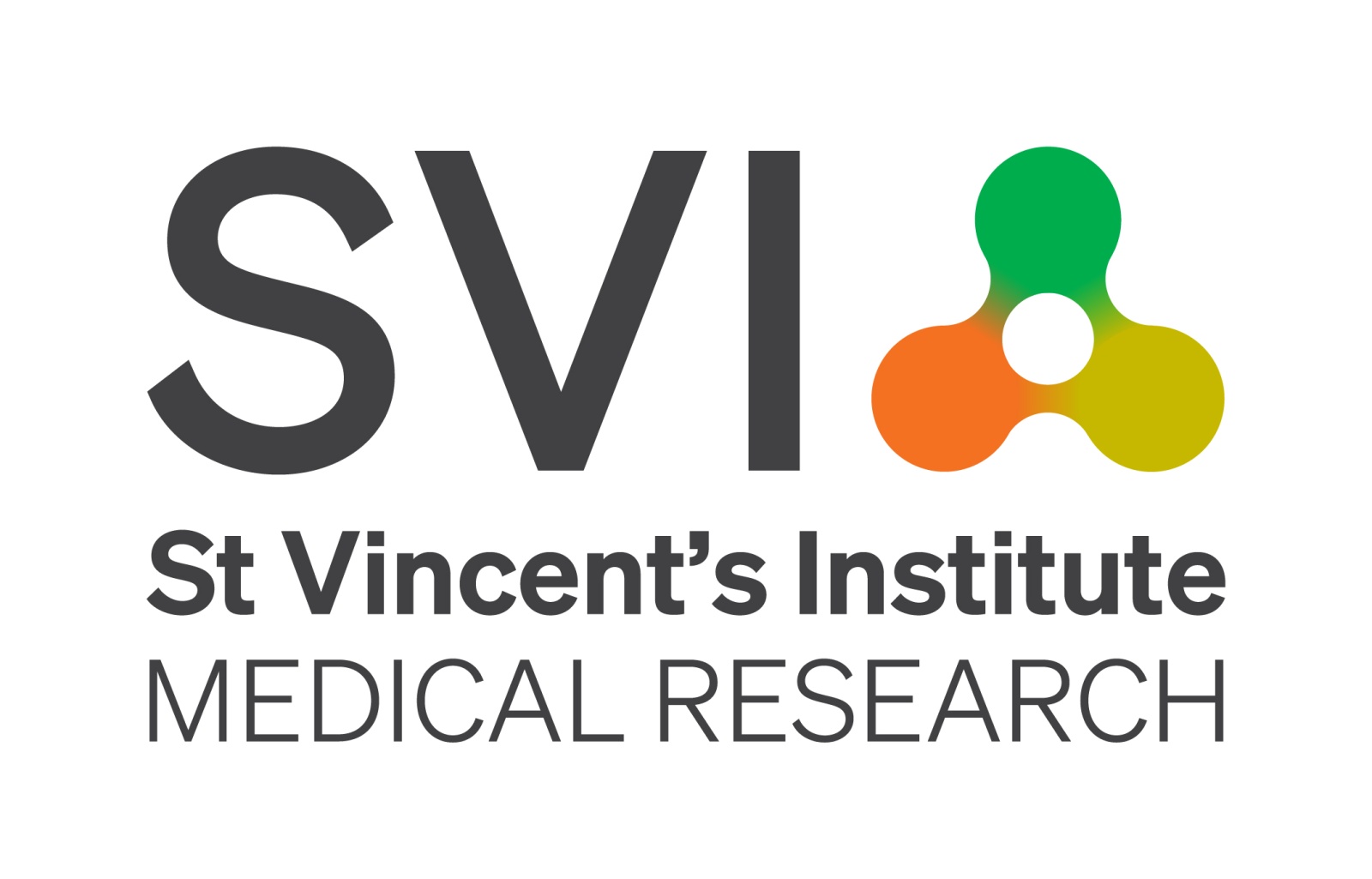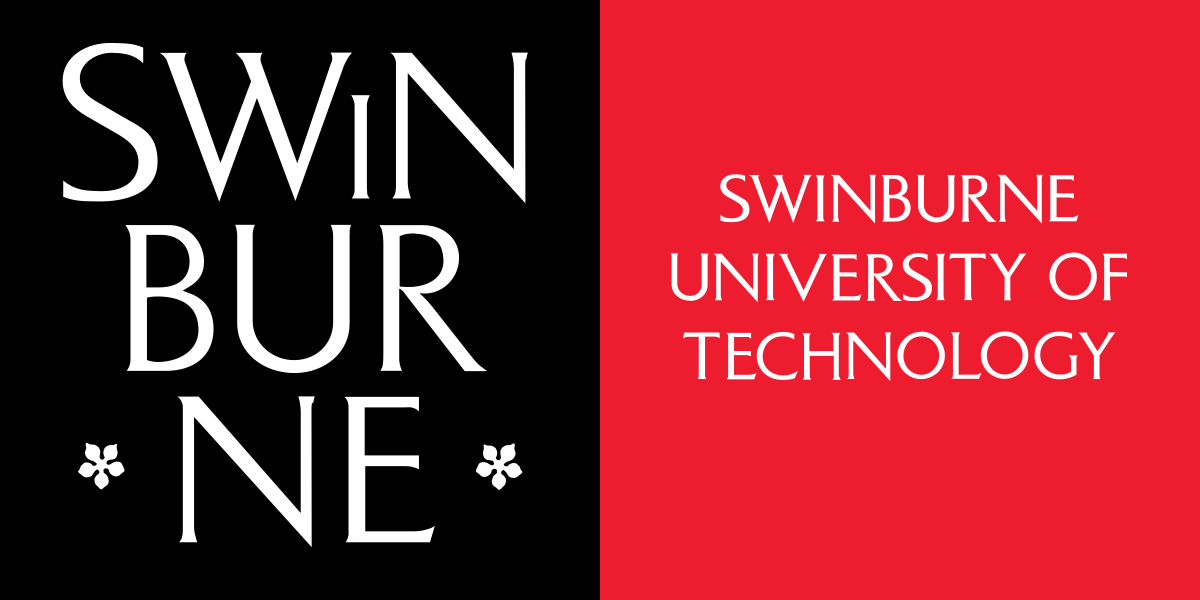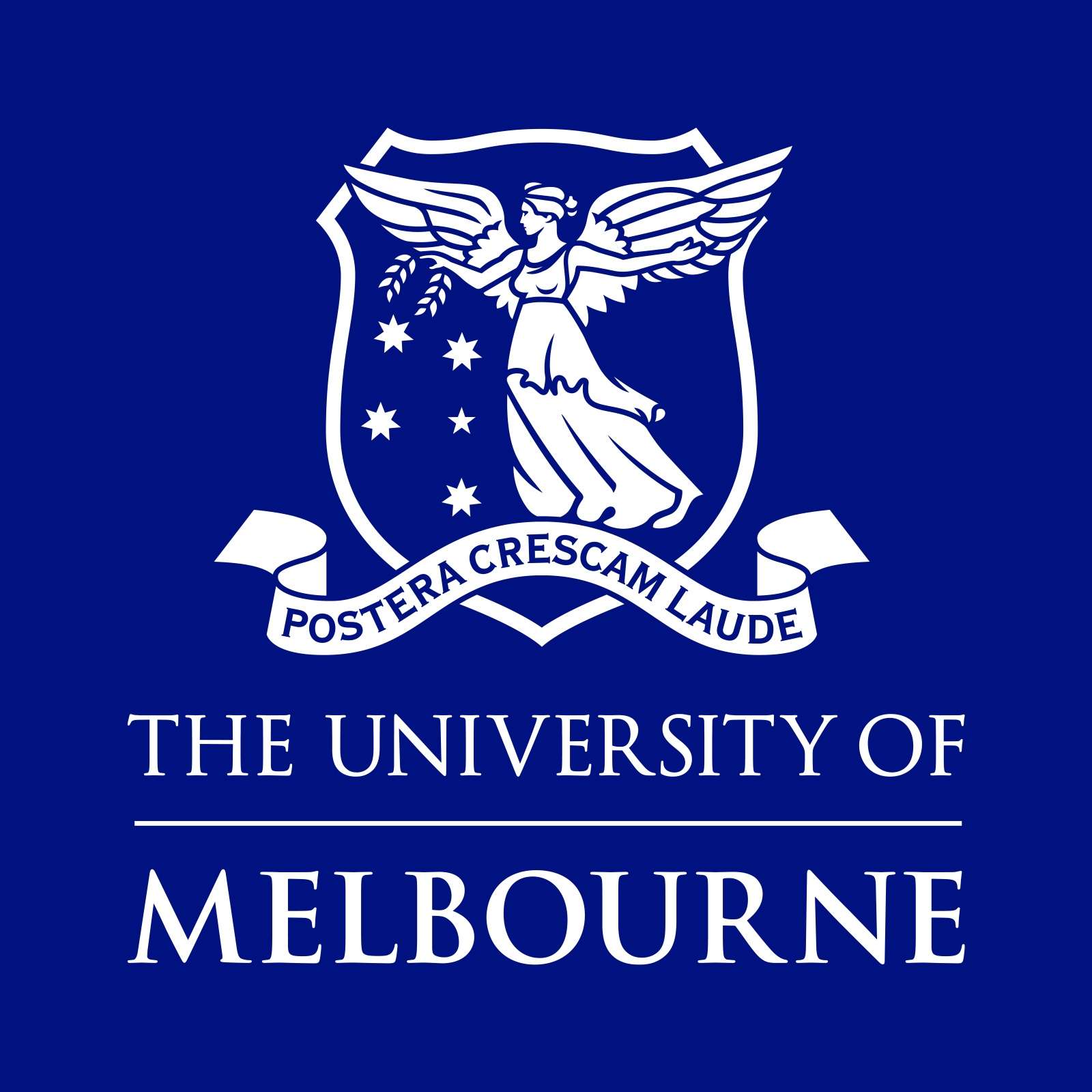Damage and loss of skin is a major challenge and a burden on health care. A globally innovative Aikenhead Centre for Medical Discovery (ACMD) research project is investigating the development of a process capable of producing a 3D printed material with similar properties to human skin for the treatment of cancer, trauma and burn victims.
Led by St Vincent’s and RMIT University in collaboration with the University of Melbourne, the project aims to create the core three layers of human skin into a novel synthetic tissue with the addition of the patient’s own cells. This innovative technique is hoped to produce a biofabricated skin that will avoid rejection, rapidly repair wounds and minimise scarring.
“It is hoped that biofabricated skin, when available, will improve the quality of life for patients with skin loss from trauma and chronic disease, with far more natural outcomes,” said Associate Professor Chris Baker, Director of Dermatology at St Vincent’s Hospital Melbourne, who is jointly leading the project with Robert Kapsa, Professor of Biofabrication and Tissue Engineering at RMIT University.
The team are investigating manufacturing bio-inks that can be used in a 3D bio-printer to produce an artificial material with similar properties to human skin, including collagen and elastin.
“We hope this means it will not only look like skin but feel natural as well and function in the same way,” said A/Prof Baker.
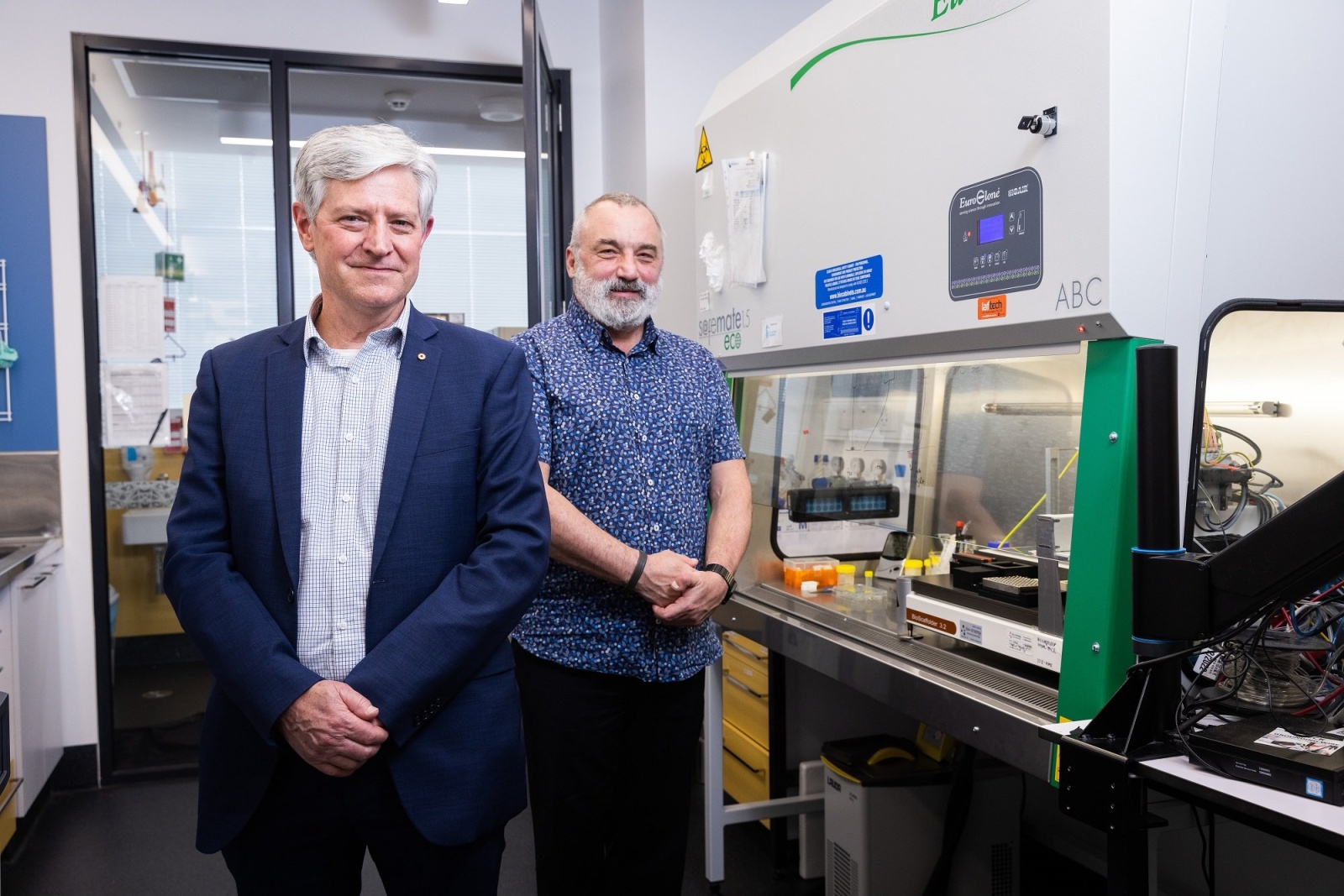
Pictured: Associate Professor Chris Baker (L) and Professor Robert Kapsa at the ACMD BioFab lab
A multidisciplinary approach broadens the scope of research
The research team comprises of a broad range of specialities: clinicians, dermatologists, scientists and PhD students. This project is a great example of ACMDs approach of bringing different skill sets together to solve a problem.
Another focus of the project is exploring if the material can be used to test medications and cosmetics.
“By producing artificial human skin, it may provide an alternative way of testing topical drugs and cosmetics to gain realistic results without the need for using animal models,” said A/Prof Baker.
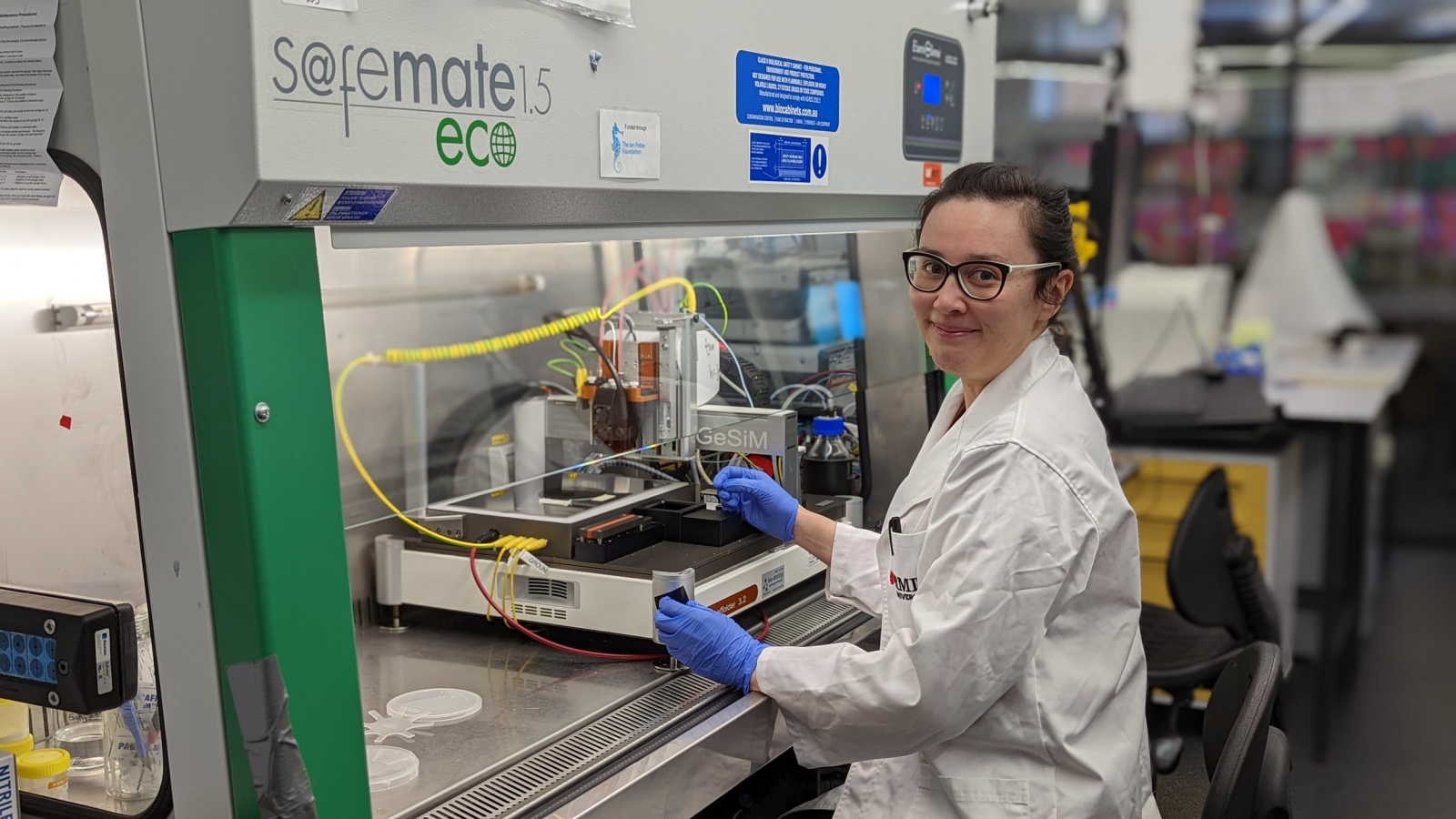
Another key application being explored is using the artificial material to create ‘clever surgical dressings’ that could help speed up the healing process and benefit patients in the long-term by possibly reducing scarring.
The project was featured in the Herald Sun’s Victoria First series.
We wish to thank The F & E Bauer Foundation managed by Equity Trustees for funding this research project.
“Ultimately, we are hopeful of getting to a stage where biofabricated skin can be integrated with other engineered tissues such as muscle, nerves or bone to repair damaged limbs or other body structures– that’s just one of the potential long-term gains,” said A/Prof Baker.

